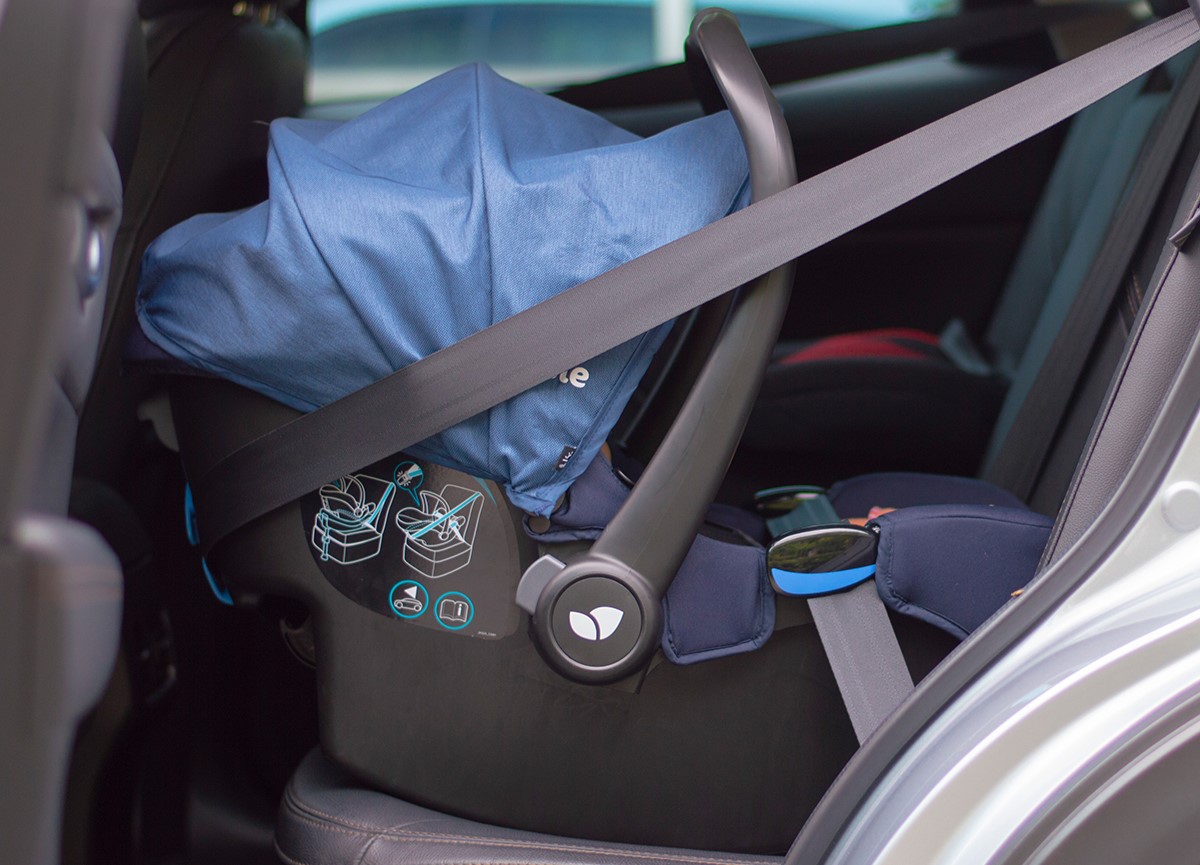

Articles
How To Store A Car Seat
Modified: January 19, 2024
Learn how to properly store a car seat with our informative articles. Keep your child safe and extend the life of your car seat.
(Many of the links in this article redirect to a specific reviewed product. Your purchase of these products through affiliate links helps to generate commission for Storables.com, at no extra cost. Learn more)
Introduction
Storing a car seat properly is essential to ensure its longevity and safety for future use. Whether you are temporarily putting it away or no longer need it for a while, following the right storage methods will help preserve the car seat’s quality and functionality. From cleaning and disassembling to choosing the right storage location and taking protective measures, this article will guide you through the step-by-step process of storing a car seat correctly.
When it comes to storing a car seat, there are a few key considerations to keep in mind. First and foremost, you should ensure that the car seat is thoroughly cleaned to remove any dirt or debris. Additionally, you should disassemble the car seat to make it more compact and easier to store. Next, you will need to find an appropriate storage location that is free from moisture, extreme temperatures, and direct sunlight. Taking protective measures such as using a storage bag or cover will further safeguard the car seat from dust, pests, and other potential damages. Lastly, regular maintenance is essential to ensure the car seat remains in optimal condition during storage.
By following these steps, you can store your car seat confidently, knowing that it will be ready for use whenever you need it again. So, let’s dive into the details of each step and learn how to store a car seat properly.
Key Takeaways:
- Properly storing a car seat involves thorough cleaning, disassembly, choosing the right storage location, protective measures, and regular maintenance. Following these steps ensures the seat remains safe and functional for future use.
- Regular maintenance, including periodic inspections, cleaning, and monitoring of storage conditions, is essential for preserving the longevity and safety of a car seat. Staying informed about recalls and expiration dates also contributes to maintaining the seat’s functionality.
Read more: How To Store Car Seats
Step 1: Cleaning the Car Seat
Before storing your car seat, it’s important to give it a thorough cleaning. Over time, dirt, crumbs, and spills can accumulate on the seat, posing a health risk and potentially damaging the fabric. Here’s how you can properly clean your car seat:
- Start by removing any loose items or accessories attached to the car seat, such as cup holders or harness covers.
- Use a vacuum cleaner with a brush attachment to remove crumbs, dirt, and debris from the seat. Pay close attention to crevices and corners.
- If the car seat’s fabric is removable and machine washable, consult the manufacturer’s instructions and wash it according to the recommended guidelines.
- If the fabric is not machine washable, create a solution of mild soap and warm water. Dip a cloth or sponge into the solution, wring out the excess liquid, and gently scrub the seat. Be careful not to saturate the fabric.
- For tough stains, you can use a specialized car seat cleaner or a mixture of vinegar and water. Test it on a small, inconspicuous area first to ensure it doesn’t cause any discoloration.
- Rinse the cloth or sponge with clean water and wipe away any soap residue from the seat.
- Allow the car seat to air dry completely before proceeding to the next step. Avoid direct sunlight and high heat sources as they can damage the fabric.
By cleaning your car seat thoroughly, you ensure that it’s free from dirt, dust, and potential allergens. This not only contributes to the overall hygiene but also maintains the seat’s material integrity during storage.
Step 2: Disassembling the Car Seat
Disassembling the car seat before storage not only helps save space but also prevents any parts from getting damaged. Follow these steps to effectively disassemble your car seat:
- Refer to the car seat’s instruction manual to understand how to disassemble it properly. Each car seat model may have specific guidelines, so it’s essential to follow them accordingly.
- Remove any removable parts, such as headrests, armrests, padding, and harnesses. Keep them separately to avoid misplacing them.
- If your car seat has adjustable straps, loosen them to their maximum length to ensure they don’t become tangled or lose their elasticity while in storage.
- Detach the car seat from its base if it is a convertible or an infant seat attached to a stroller. Follow the manufacturer’s instructions to safely remove the seat from the base.
- Store all the detached parts together or in clearly labeled bags to easily reassemble the car seat in the future. You can also use plastic wrap or resealable bags to keep small parts organized and prevent them from getting lost.
By disassembling the car seat, you not only save valuable storage space but also prevent any potential damage that could occur if the seat and its components were stored together. It also ensures that each part remains intact and ready for reassembly when needed.
Step 3: Choosing the Right Storage Location
When it comes to storing a car seat, selecting the right storage location is crucial to ensure its safety and longevity. Consider the following factors when choosing the ideal storage spot:
- Keep the car seat indoors: Storing the car seat indoors is recommended to protect it from extreme temperatures, moisture, and sunlight. This can be in a closet, spare room, basement, or garage.
- Avoid areas prone to temperature fluctuations: Extreme temperatures can cause the car seat’s materials to warp or deteriorate. Avoid storing the seat in places that experience frequent temperature changes, such as attics or storage sheds.
- Choose a dry and clean space: Moisture can lead to mold, mildew, and unpleasant odors. Ensure that the chosen storage location is dry, clean, and well-ventilated. Use a dehumidifier or moisture-absorbing packets if necessary.
- Protect from pests: To prevent pests from nesting or damaging the car seat, make sure the storage area is free from insects and rodents. Consider using pest repellents or traps in the vicinity.
- Avoid direct sunlight: Prolonged exposure to sunlight can fade and weaken the car seat’s materials. If possible, choose a storage spot away from windows or use blinds or curtains to block out direct sunlight.
- Ensure sufficient space: The storage location should have enough space to accommodate the car seat without being squeezed or compressed. This helps maintain the seat’s shape and prevents unnecessary pressure on the components.
By choosing the right storage location, you can protect your car seat from environmental factors that can cause damage and premature wear. It helps in maintaining the seat’s structural integrity and ensures it’s ready for use when you need it again.
When storing a car seat, make sure to clean it according to the manufacturer’s instructions. Store it in a cool, dry place away from direct sunlight to prevent damage to the materials and components.
Step 4: Protecting the Car Seat
To ensure the long-term durability and cleanliness of your car seat during storage, it’s important to take measures to protect it from dust, pests, and potential damage. Here are some ways to keep your car seat well-protected:
- Use a car seat storage bag or cover: Invest in a specifically designed car seat storage bag or cover to shield the seat from dust, dirt, and potential pests. These bags are typically made from breathable materials that allow air circulation while keeping the seat protected.
- Wrap the car seat in a clean sheet or blanket: If you don’t have a car seat storage bag, you can use a clean sheet or blanket to cover the seat. Make sure the fabric is clean and free from any debris that could transfer onto the seat.
- Seal any openings or crevices: Use tape or rubber bands to seal any openings or crevices in the car seat to prevent pests from nesting inside. Ensure that the seal is secure but not too tight to avoid damaging the seat or its components.
- Store the car seat off the ground: To protect the seat from moisture and potential damage, avoid storing it directly on the floor. You can place it on a shelf, rack, or use pallets to keep it elevated.
- Avoid stacking heavy objects on top: Heavy objects can exert unnecessary pressure on the car seat, potentially causing distortion or damage. Store the seat in a location where it won’t be crushed or subjected to excessive weight.
- Keep it away from chemicals and corrosive substances: Ensure that the storage location is free from any chemicals or corrosive substances that could damage the car seat’s materials. This includes cleaning products, paints, or solvents.
By taking protective measures, you can prevent dust, pests, and other potential damages from affecting your car seat during storage. These precautions will help keep the seat intact and ready for use whenever you need it next.
Read more: How To Store Infant Car Seat
Step 5: Storing the Car Seat Properly
Properly storing the car seat is crucial to maintain its shape, integrity, and functionality. Follow these steps to ensure the car seat is stored correctly:
- Ensure the car seat is completely dry: Before storing the car seat, ensure that it is thoroughly dry from the cleaning process. Any moisture left behind can lead to mold or mildew growth.
- Reassemble any detached parts: If you disassembled the car seat, now is the time to reattach any parts that were removed. Follow the manufacturer’s instructions for proper reassembly.
- Place the car seat in a storage bag or cover: If you have a car seat storage bag or cover, place the seat inside and securely close it. This will provide an extra layer of protection.
- Store the car seat in an upright position: Position the car seat in an upright position to prevent any deformities or misshaping. This will also save space and ensure efficient storage.
- Avoid stacking heavy objects on top: Make sure not to stack any heavy objects on top of the car seat as it can cause damage or distortion.
- Label the storage area: If you are storing multiple car seats or other items, it’s helpful to label the storage area to easily locate the car seat in the future.
- Keep the car seat away from potential hazards: Ensure that the car seat is stored away from any potential hazards, such as sharp objects, liquids, or high-traffic areas.
By following these steps, you can ensure that your car seat is stored properly, maintaining its structural integrity and prolonging its lifespan. This will ensure that it is in optimal condition when you need to use it next.
Step 6: Regular Maintenance Tips
Even during storage, it’s important to perform regular maintenance on your car seat to keep it in the best condition possible. Here are some maintenance tips to follow:
- Inspect the car seat periodically: Check on the car seat periodically to ensure there are no signs of damage, such as tears, loose stitching, or broken parts. Address any issues immediately to prevent further deterioration.
- Clean the car seat when necessary: If you notice any dirt or stains on the car seat during storage, clean it using the methods mentioned in Step 1. Regular cleaning helps maintain the seat’s hygiene and prevents buildup.
- Check for recalls or expiration dates: Stay updated with the manufacturer’s recalls and expiration dates for your car seat model. If there are any recalls or if the seat has reached its expiration date, follow the manufacturer’s instructions for proper disposal.
- Keep the storage area clean and organized: Maintain a clean and organized storage area around the car seat. This prevents the seat from coming into contact with any potentially damaging substances or objects.
- Monitor the storage conditions: Regularly check the storage area for any signs of moisture, pests, or extreme temperatures. Address any issues promptly to ensure the car seat is protected and preserved properly.
By implementing these regular maintenance tips, you can ensure that your car seat remains in good condition throughout the storage period. Regular inspections, cleaning, and monitoring of the storage conditions contribute to the seat’s longevity and safety for future use.
Conclusion
Properly storing a car seat is crucial for its longevity, safety, and functionality. By following the steps outlined in this guide, you can ensure that your car seat remains in optimal condition during storage and is ready for use when you need it again.
Cleaning the car seat thoroughly before storage removes dirt, crumbs, and spills that can compromise its hygiene and integrity. Disassembling the seat helps save space and prevents damage to its components. Choosing the right storage location, such as an indoor space free from extreme temperatures and moisture, ensures the seat remains protected. Taking measures to safeguard the seat, such as using storage bags or covers and keeping it away from pests and direct sunlight, further enhances its preservation.
When it comes to storing a car seat, proper maintenance is essential. Regular inspections, cleaning, and monitoring of the storage conditions help identify any damage or potential issues that may arise. By staying informed about recalls and expiration dates, you can take the necessary steps to ensure your car seat remains safe and functional.
Remember, storing your car seat properly is not just about convenience; it’s about ensuring the safety and well-being of your child. By following the steps outlined in this guide, you can store your car seat with confidence, knowing that it will be in excellent condition when you need it next.
So, take the time to properly clean, disassemble, choose the right storage location, protect the seat, and perform regular maintenance. Your efforts will pay off, and your car seat will remain a reliable and safe choice for your little one for years to come.
Frequently Asked Questions about How To Store A Car Seat
Was this page helpful?
At Storables.com, we guarantee accurate and reliable information. Our content, validated by Expert Board Contributors, is crafted following stringent Editorial Policies. We're committed to providing you with well-researched, expert-backed insights for all your informational needs.

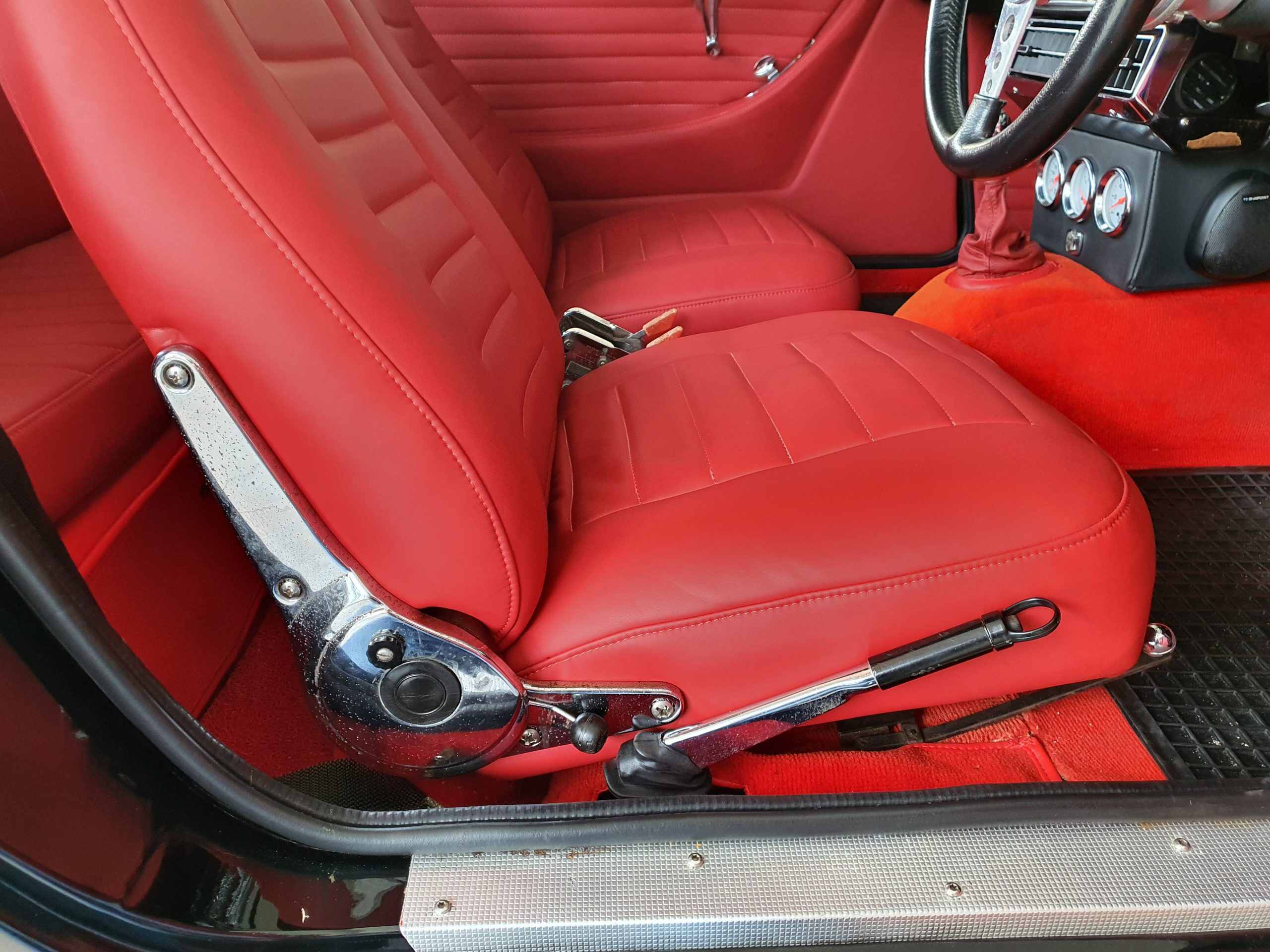
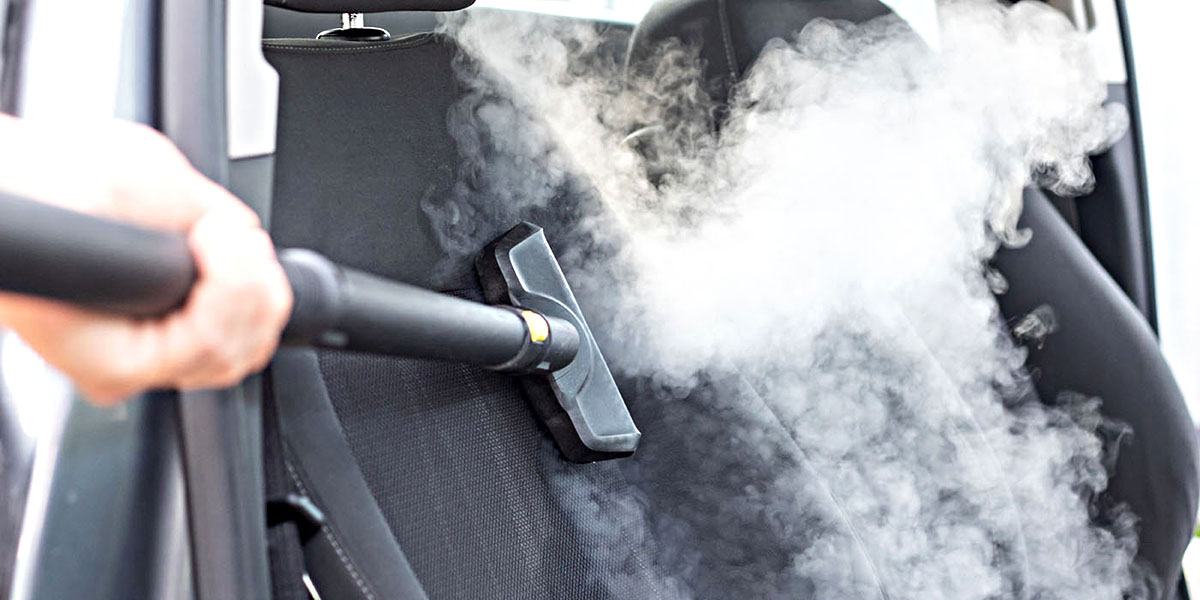
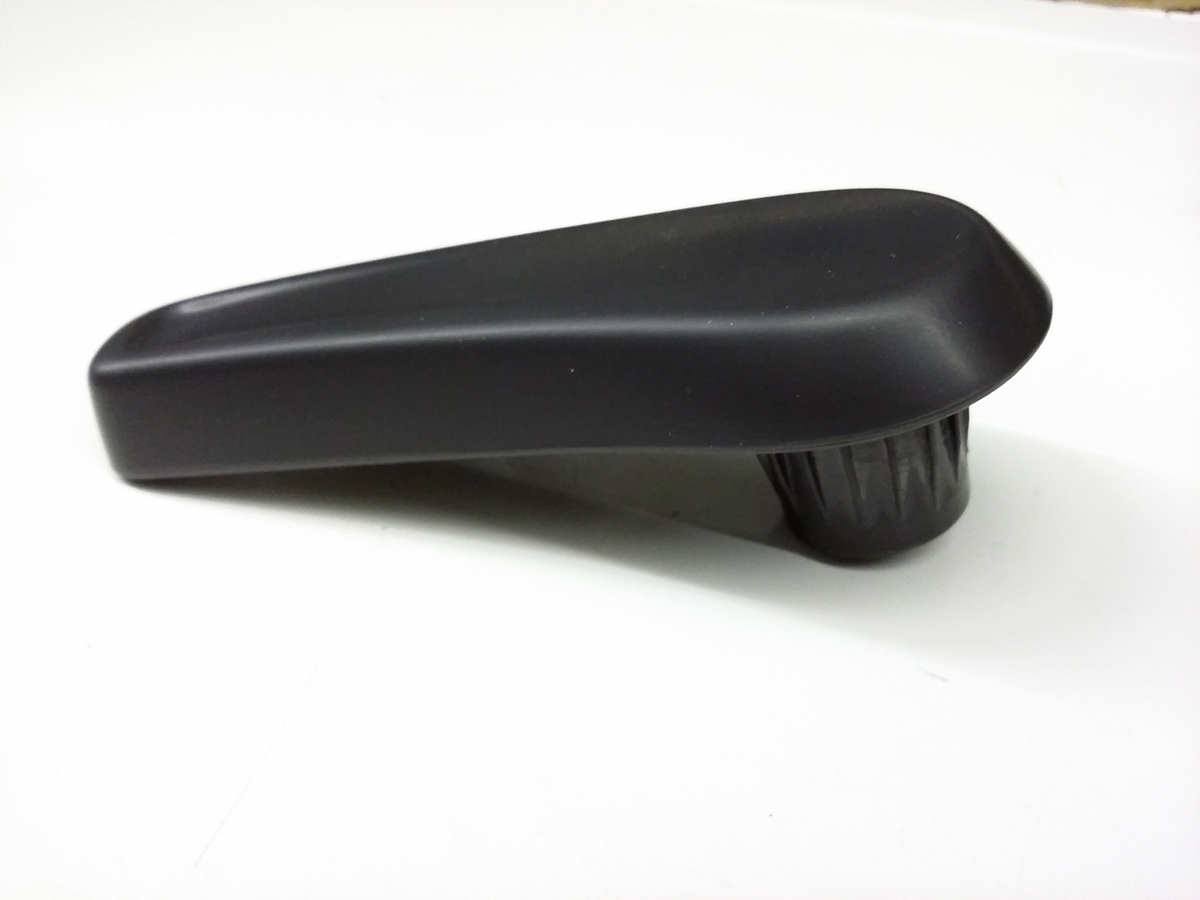
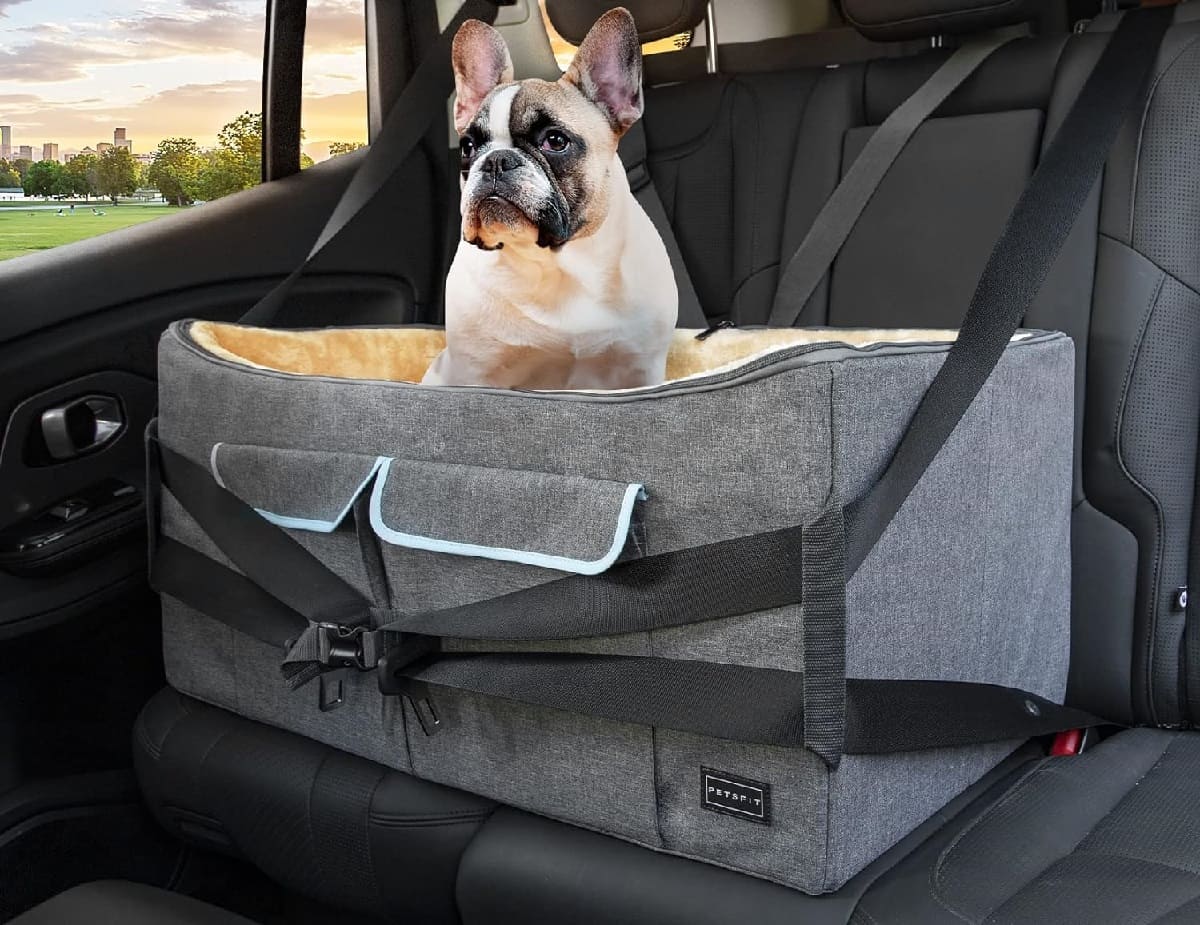

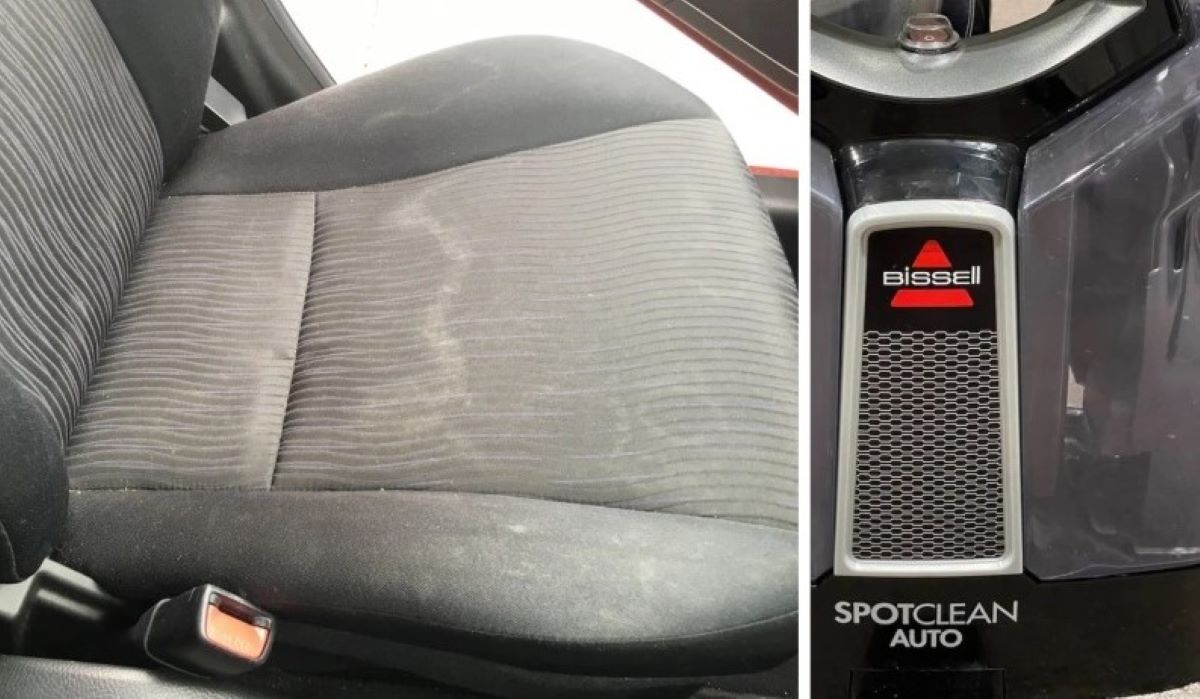



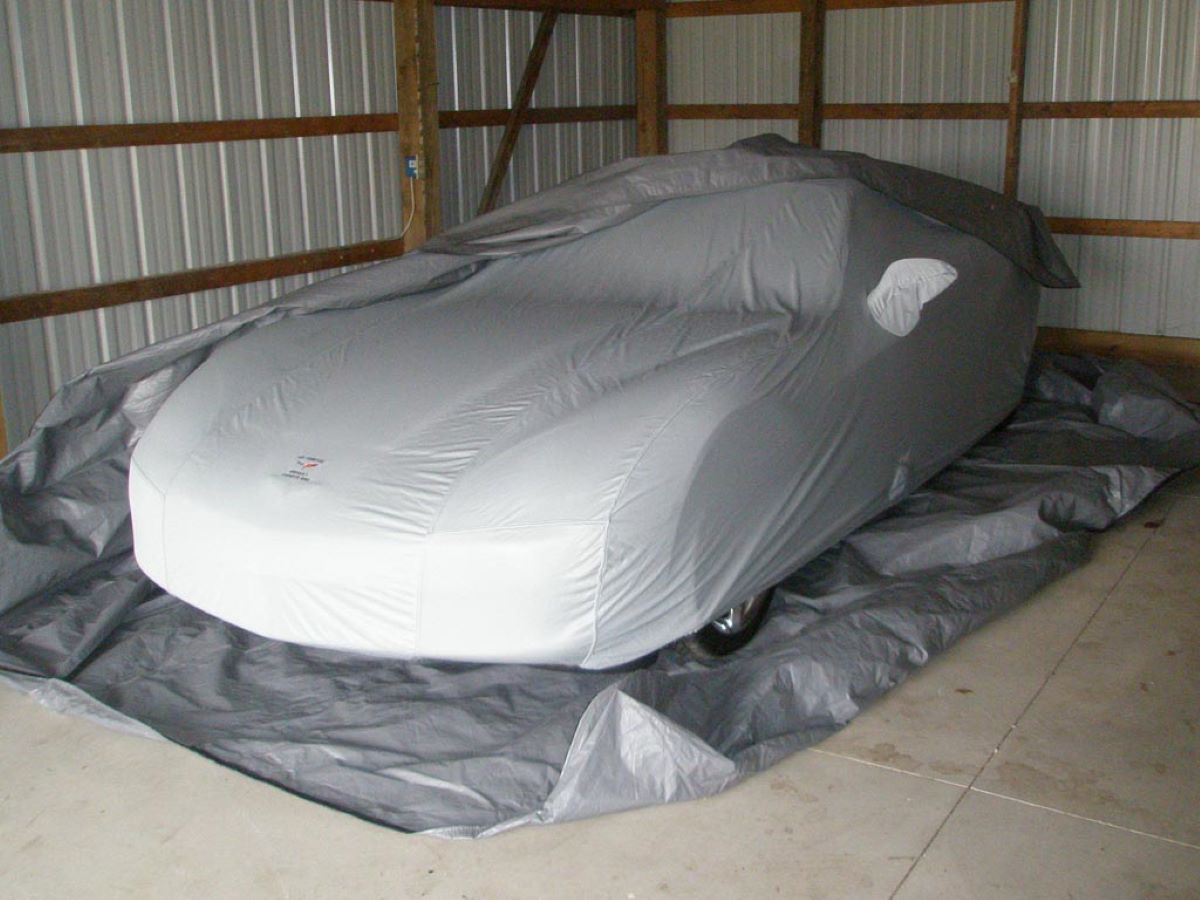
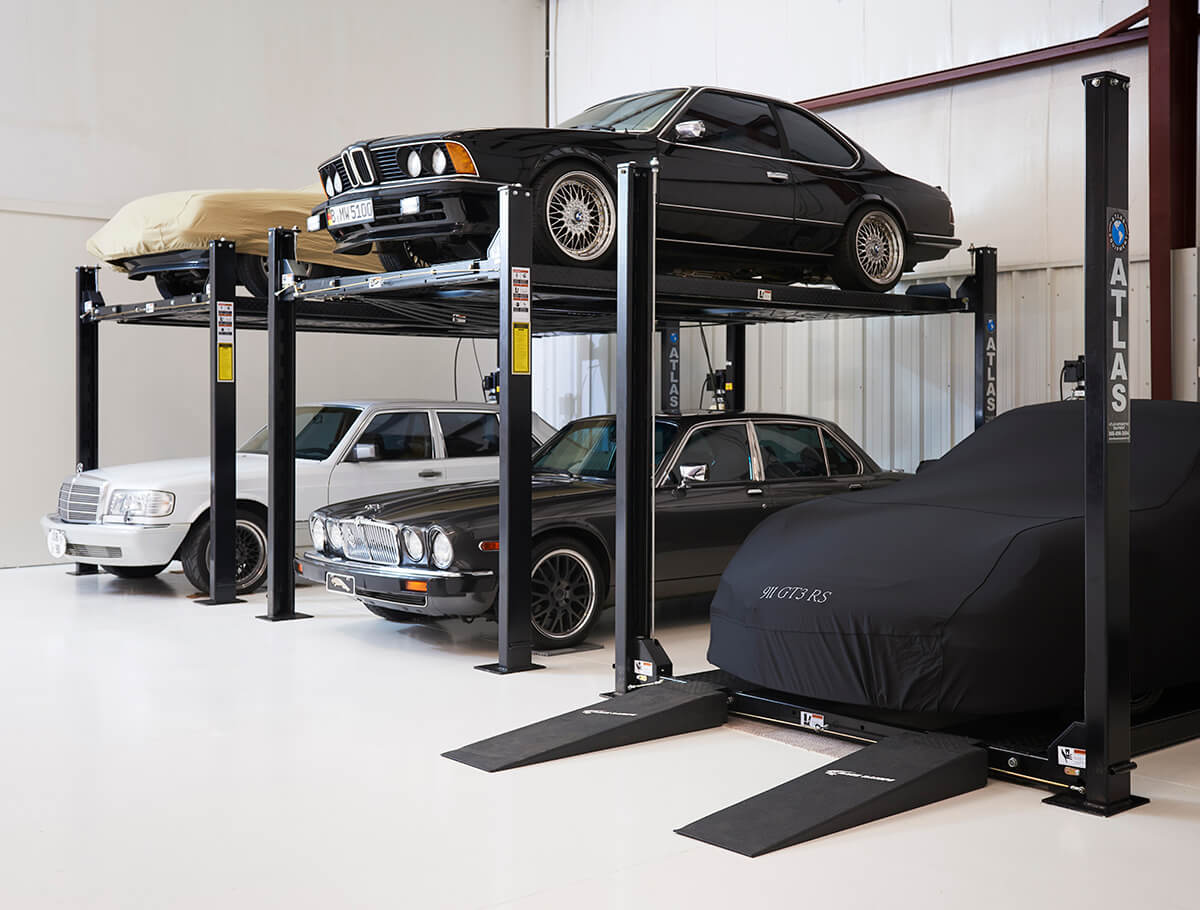
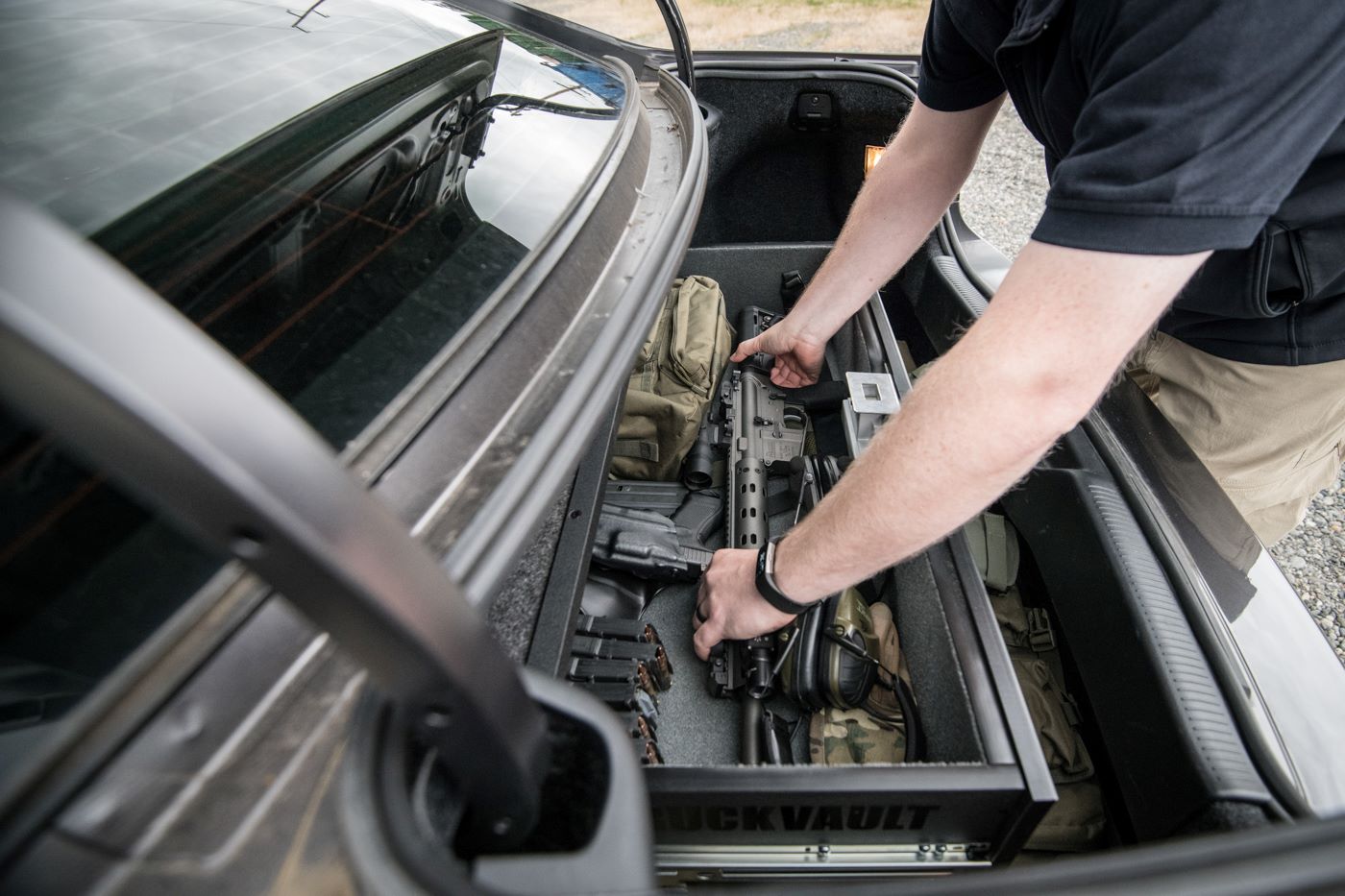


0 thoughts on “How To Store A Car Seat”